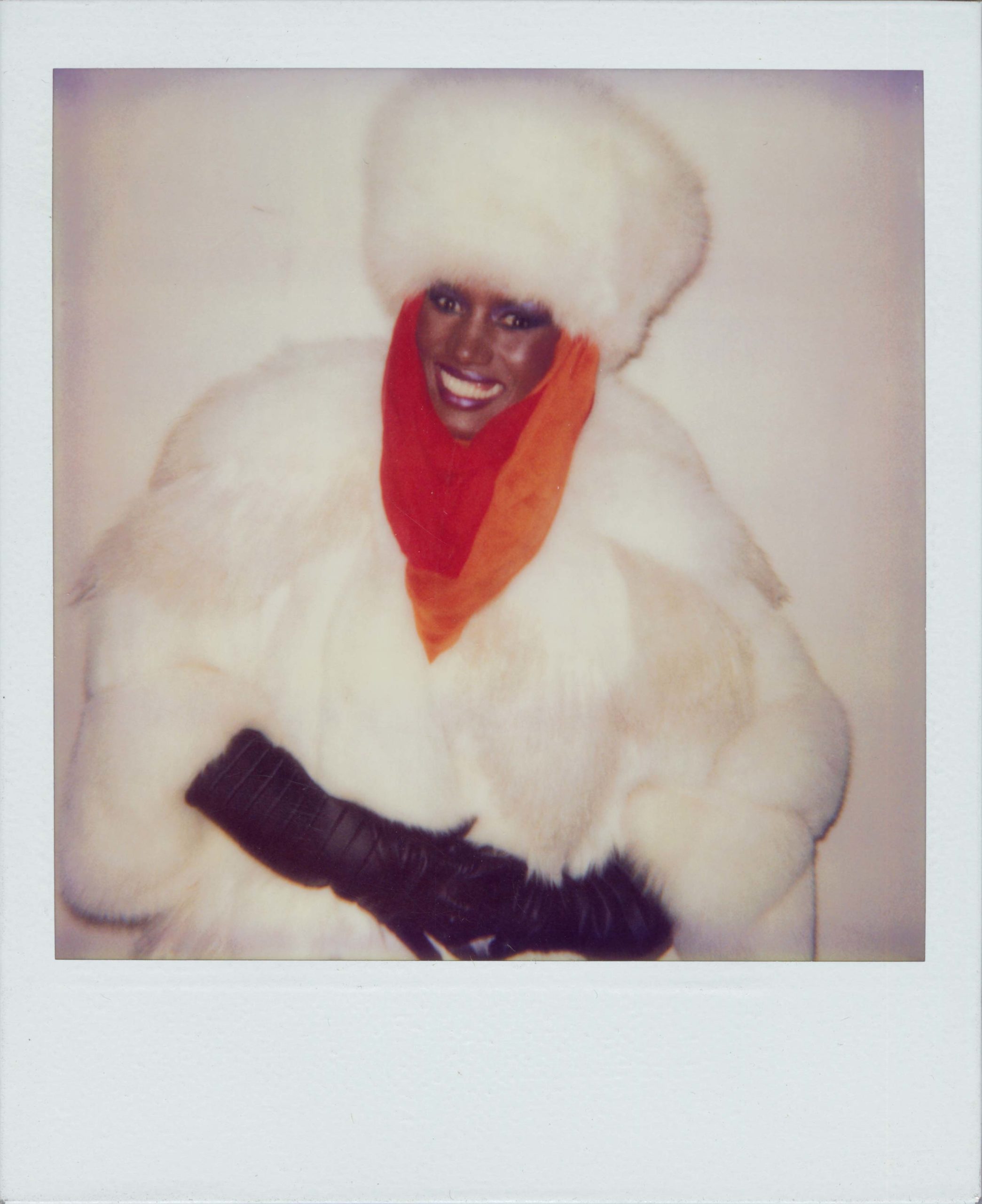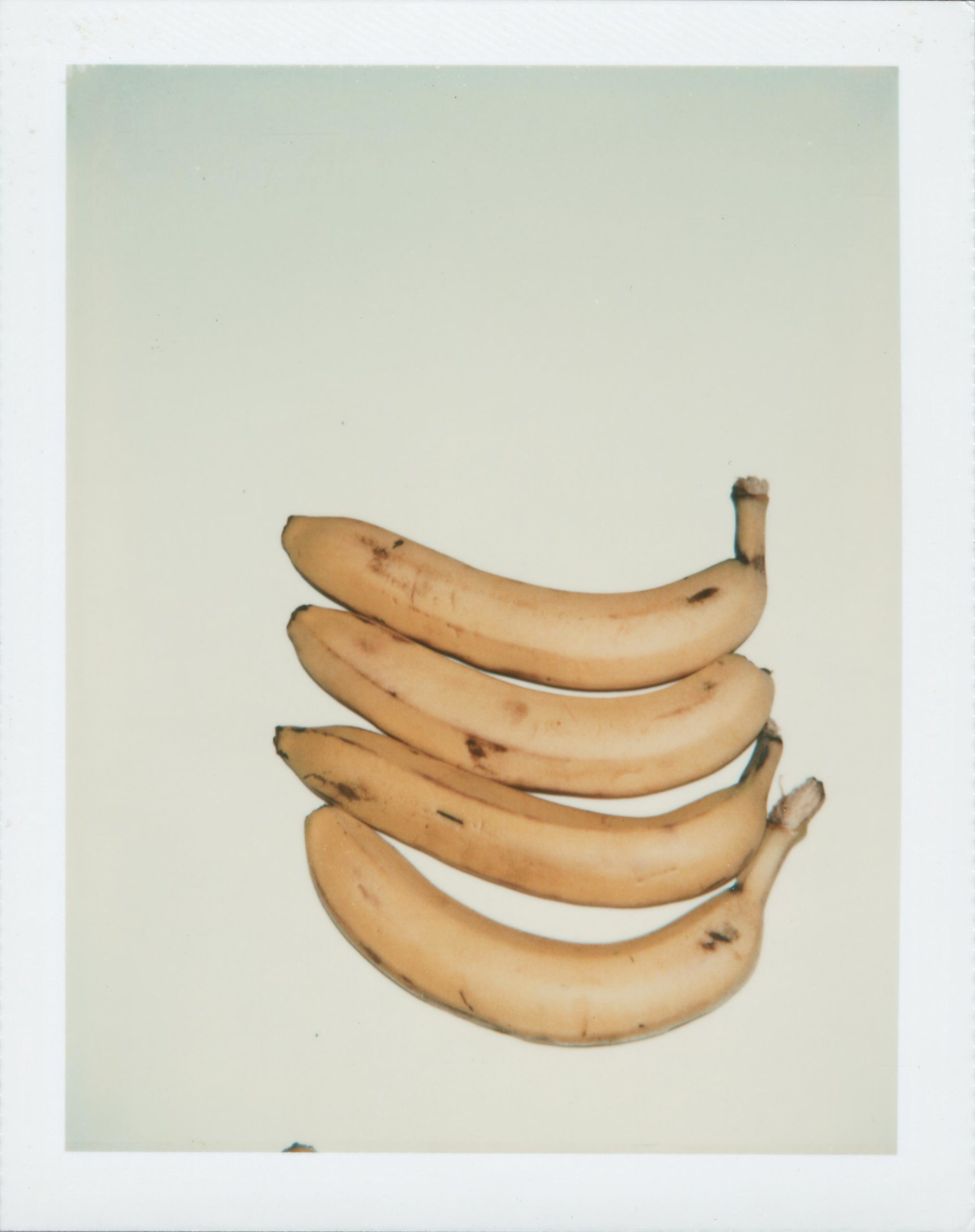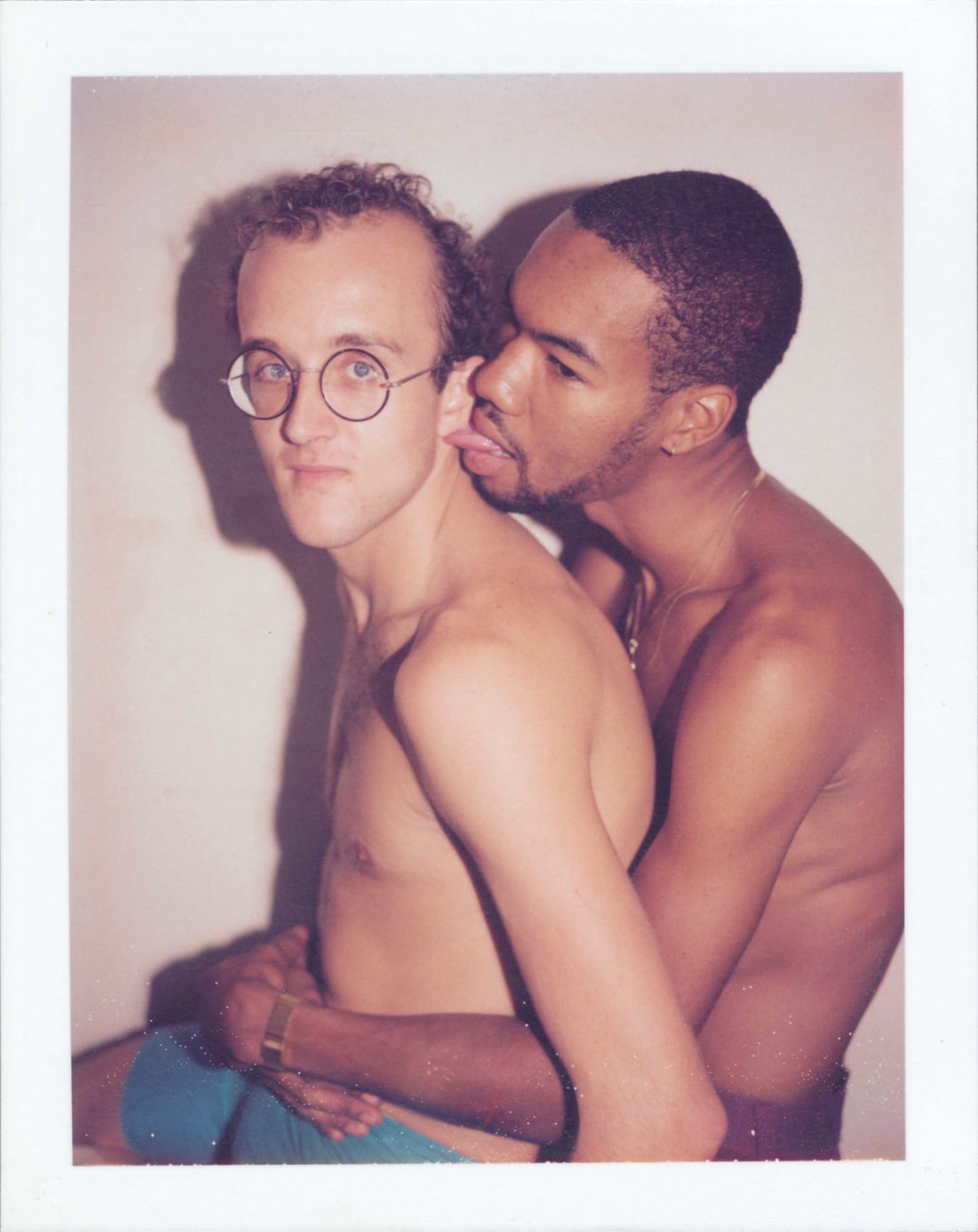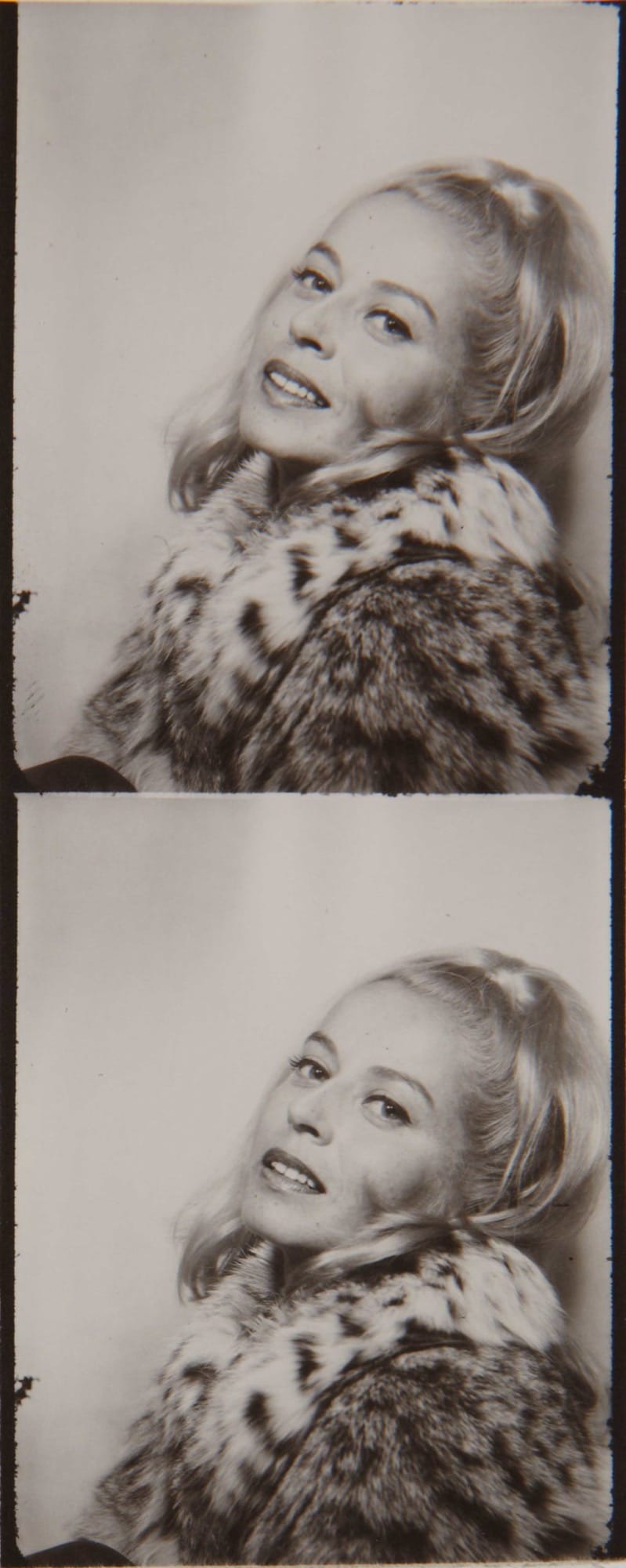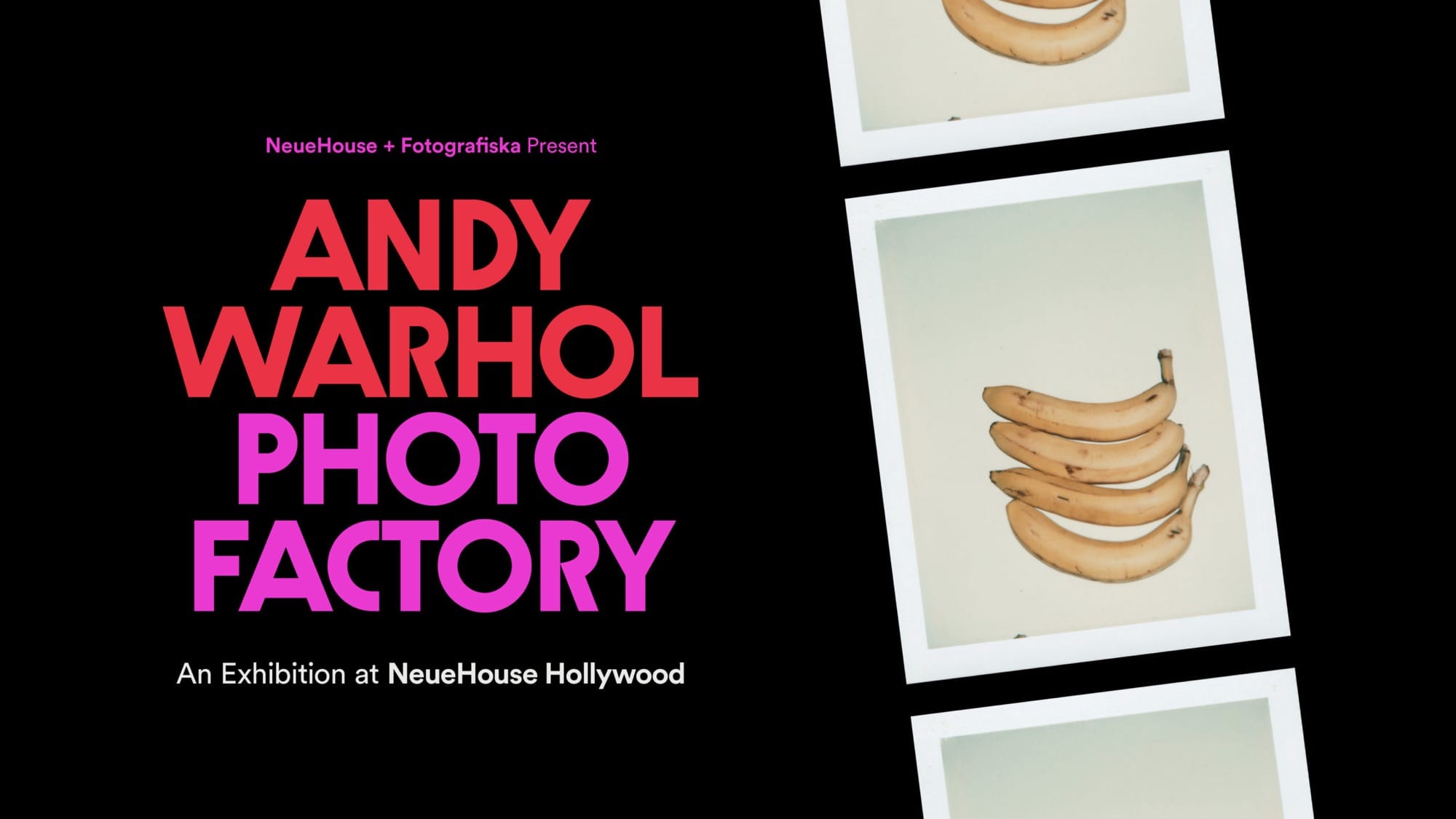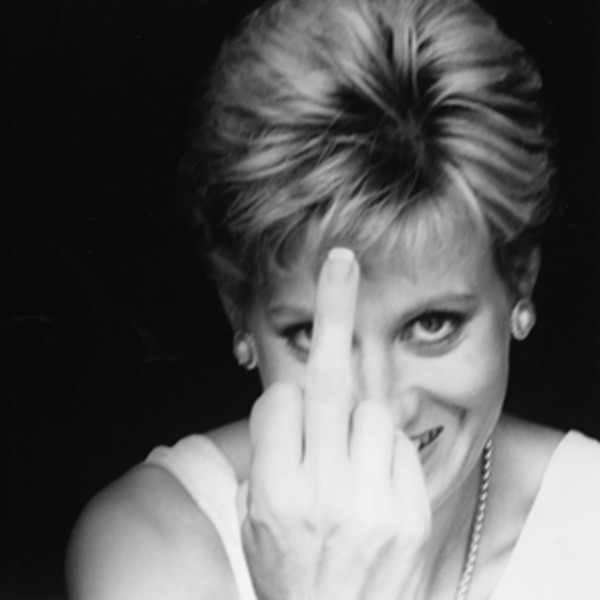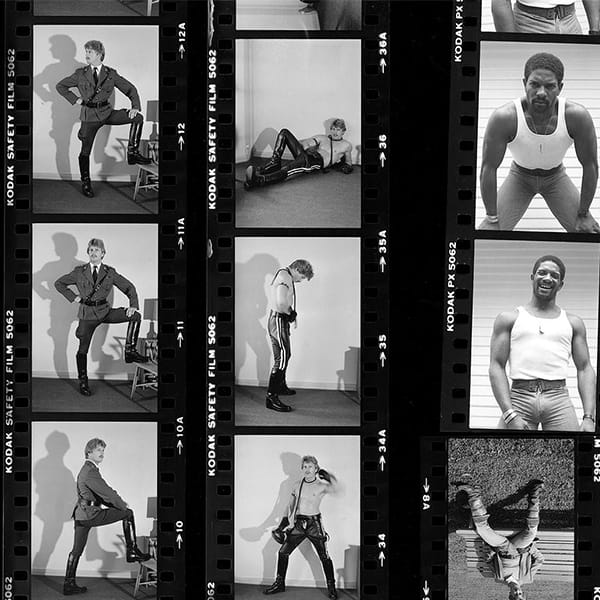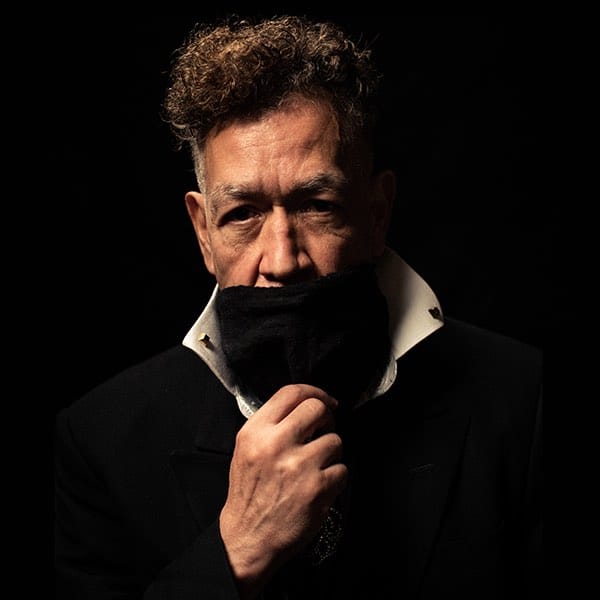“I told them that I didn’t believe in art, that I believed in photography.”
Neuehouse and Fotografiska are pleased to announce Andy Warhol: Photo Factory, a groundbreaking new exhibition of rare Andy Warhol’s photos at Neuehouse Hollywood.
Featuring 120 images—20 never before exhibited—Photo Factory is the largest West Coast exhibition of the artist’s photography to date, exposing the crucial role of this medium in the artist’s life and work.
With the possible exception of his mother, the camera was Warhol’s most steadfast and enduring companion—his “date” as he later called it, and as he also put it, “a good reason to get up in the morning.” Photography was how Warhol engaged with the world and the starting point for his artmaking endeavors.
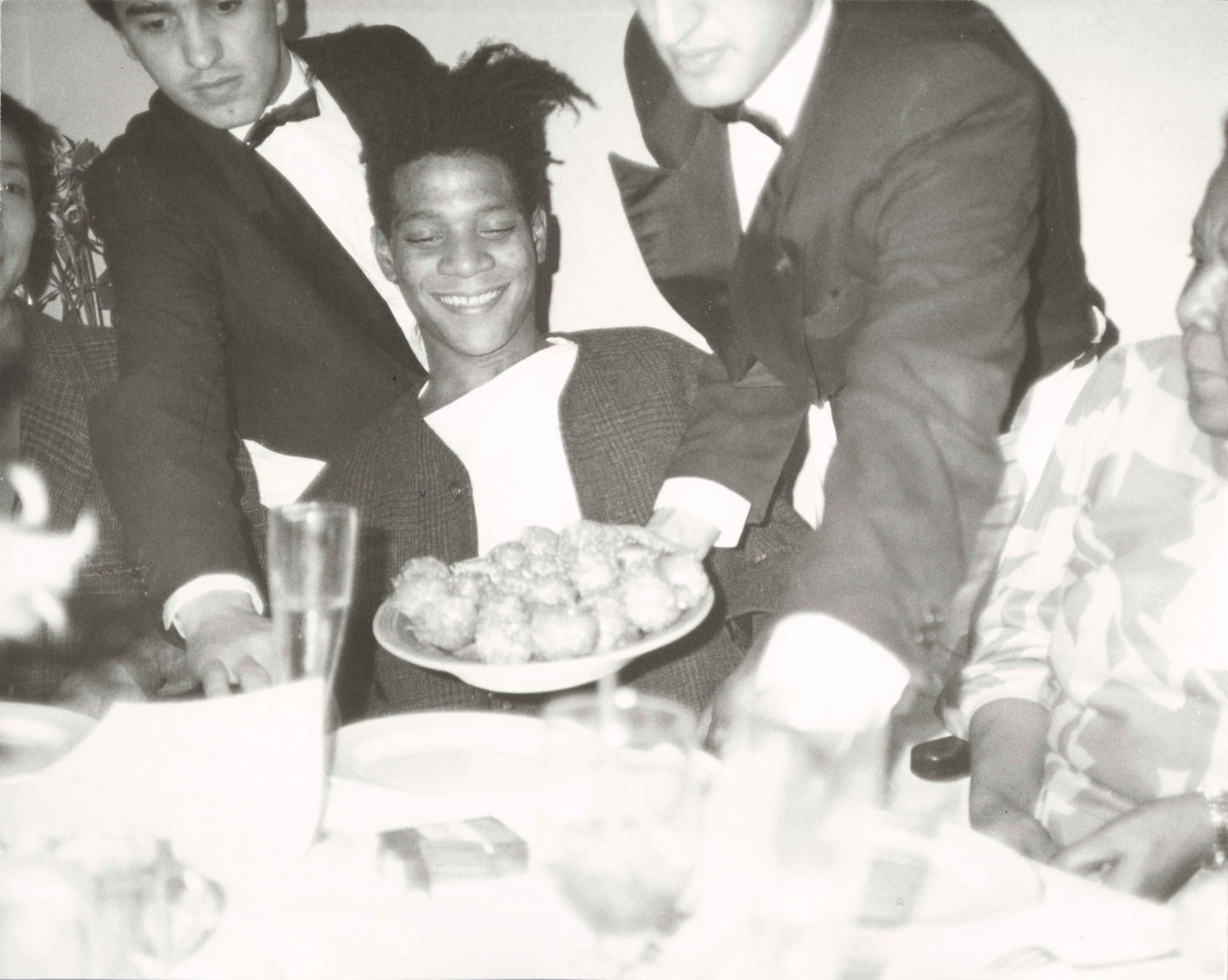
The Film Strips
In addition to offering a first-hand view of some of Warhol’s most iconic images, Photo Factory spotlights images from four phases of the artist’s career and photo practice, beginning with the photo booth film strips that were the inspiration and source material for his serialized silkscreen portraits of the 1960s. While small in scale, the film strips established the hallmarks of Warhol’s photographic style and process: an embrace of the mechanical to artistic ends, a cinematic sensibility and the use of repetition.
“My idea of a good picture is one that’s in focus and of a famous person doing something unfamous.”
An Intimate Visual Diary
Throughout the 70s, Warhol carried a camera with him at all times, obsessively documenting his circle of friends and surroundings in stark black and white images. He documented the people and world around him in restless and intimate detail; unmade beds, strangers on the street, feet in socks, handsome young men, paparazzi, rock stars and friends all pass through the frame. Often shooting several rolls of film a day, Warhol selected images to be printed in a standardized 8×10 inch format. The banal and beautiful, the glamorous and grotesque, the famous and the anonymous, male and female, gay and straight, high and low, old and young all converge and coexist thanks to his cool, detached gaze.
A Booming Business
The mid-70s saw the next evolution in Warhol’s photography with his introduction to the Polaroid camera. With his Big Shot camera in hand, Warhol found he could produce portraits of celebrities and patrons instantly, which could then be blown up and transferred to canvas, a process that he made the centerpiece of a growing commercial empire.
A Final Phase
While photography was crucial to every stage of Warhol’s life and career, it was only in the late ‘80s, shortly before his death in 1987, that he embarked on what was to be yet another evolution, in the form of stitched-together photos that he exhibited as standalone works, rather than the source material. Under-known and largely overlooked, these standalone photographic collages represent the culmination of Warhol’s photographic practice: an emphatic declaration of photography as a fine art form, and one of the defining art forms of our times.
Over the past ten years, as more of Warhol’s photos have come to light, a consensus has emerged that this is photography that deserves closer attention. Clearly, the ideas, obsessions and themes that have come to define Warhol’s singularly influential career are front and center in these images. Time and again, we see that Warhol was invariably prescient about where the culture was headed.
Exhibition Information & Tickets
Andy Warhol: Photo Factory
Member Preview: June 4th – June 8th, 2021
Open to the Public: June 9th – July 9th, 2021
10:00 AM – 7:00PM
© 2020 The Andy Warhol Foundation for the Visual Arts, Inc. / Licensed by Artists Rights Society (ARS), New York.
Share This Page
